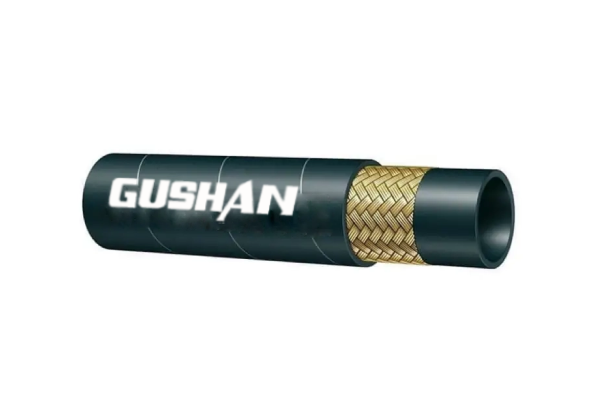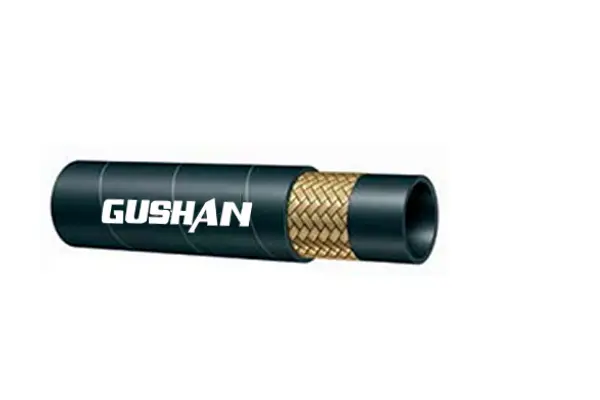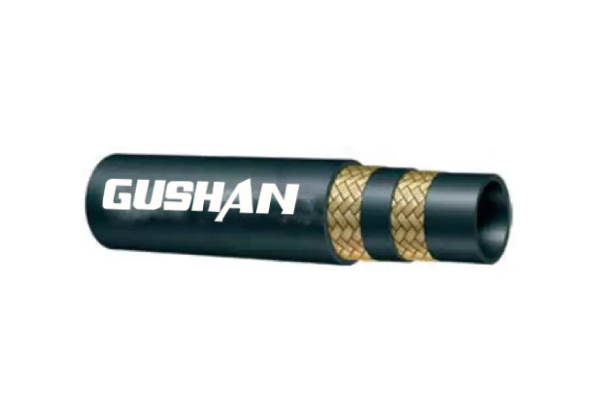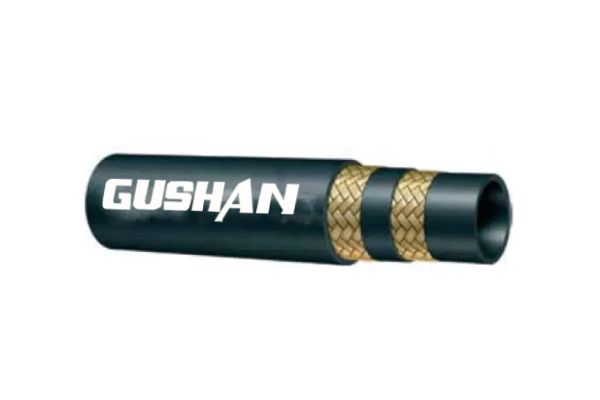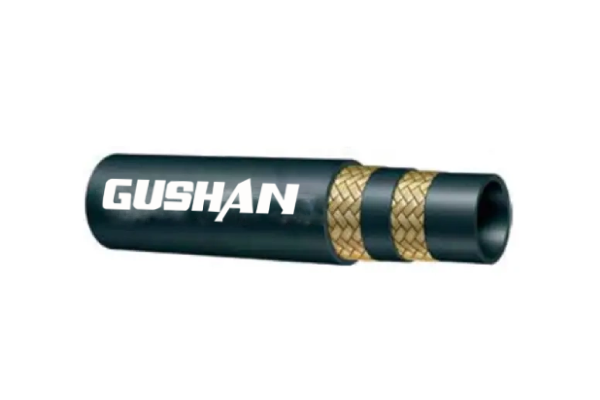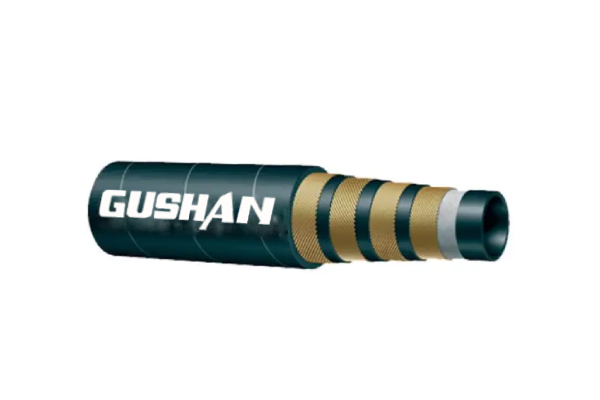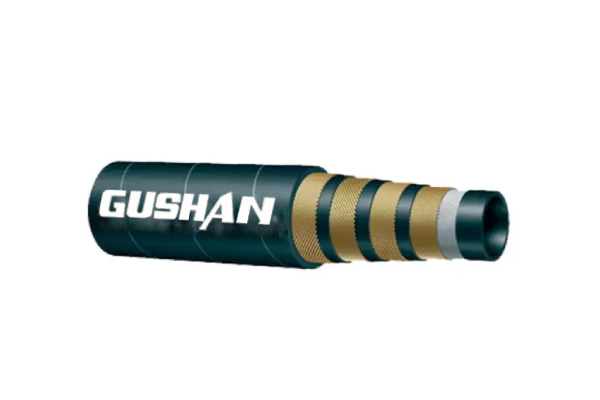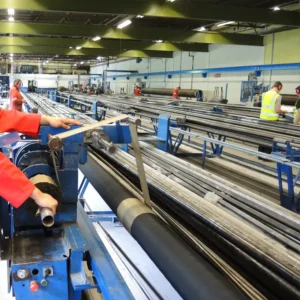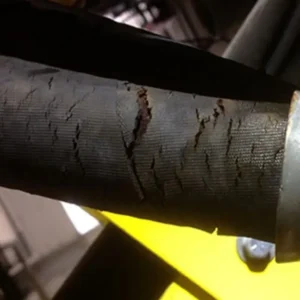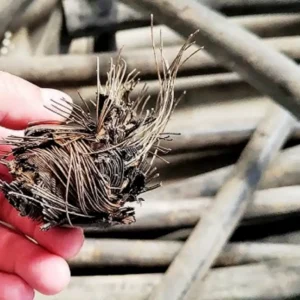Hydraulic hoses are essential components in various industries, from construction and agriculture to manufacturing and automotive. They play a crucial role in transmitting hydraulic fluid under pressure, powering machinery and equipment. When selecting a hydraulic hose, one of the key factors to consider is the number of wire braids.
In this blog post, we will delve into the differences between 1-wire and 2-wire hydraulic hoses, helping you make informed decisions for your specific applications.
What Is Wire Hydraulic Hose
A wire hydraulic hose is a type of flexible hose reinforced with one or more layers of braided steel wire. This reinforcement significantly enhances the hose’s strength, durability, and pressure resistance, making it suitable for a wide range of hydraulic applications.
Key Features of Wire Hydraulic Hoses:
- High-Pressure Capability: The steel wire reinforcement allows these hoses to handle high-pressure hydraulic fluids.
- Durability: The wire braid protects the hose from abrasion, cuts, and other external damage.
- Flexibility: Despite their strength, wire hydraulic hoses are designed to be flexible, allowing for easy routing and installation.
- Resistance to Temperature Extremes: Wire hydraulic hoses can withstand both high and low temperatures, making them suitable for various environments.
- Chemical Resistance: The materials used in wire hydraulic hoses are often resistant to a variety of chemicals and oils.
Types of Wire Hydraulic Hoses:
- Single Wire Braid Hose: This type has a single layer of steel wire braid, providing good flexibility and moderate pressure resistance. It is commonly used in general-purpose hydraulic applications.
- Double Wire Braid Hose: This type has two layers of steel wire braid, offering increased strength and pressure resistance. It is suitable for high-pressure applications in heavy-duty machinery and equipment.
Applications of Wire Hydraulic Hoses:
Wire hydraulic hoses are used in various industries, including:
- Construction Equipment: Excavators, bulldozers, and cranes
- Agricultural Machinery: Tractors, combines, and harvesters
- Mining Equipment: Drills, loaders, and haulers
- Industrial Machinery: Presses, pumps, and valves
- Automotive Industry: Power steering systems, brake systems, and suspension systems
By understanding the characteristics and applications of wire hydraulic hoses, you can select the right hose for your specific needs and ensure your hydraulic system’s safe and efficient operation.
1 Wire vs 2 Wire Hydraulic Hoses
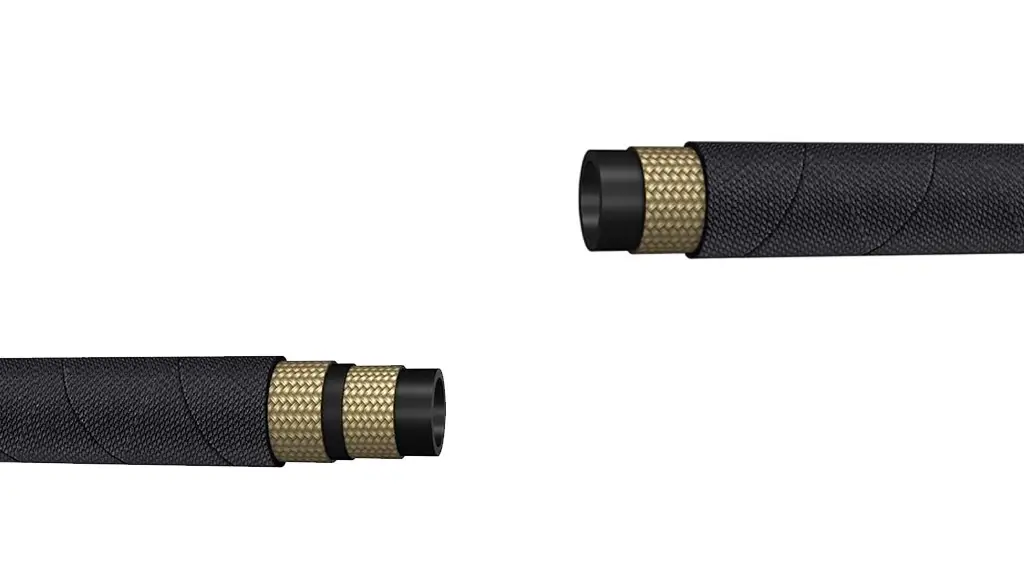
Hydraulic hoses are essential components in various industries, from construction and agriculture to manufacturing. The choice between 1-wire and 2-wire hydraulic hoses depends on the specific application and the required performance characteristics.
1-Wire Hydraulic Hoses
1-wire hydraulic hoses are reinforced with a single layer of steel wire braid. This construction offers a balance of flexibility and strength. They are suitable for lower-pressure applications and are often used in general-purpose hydraulic systems.
Key Characteristics:
- Flexibility: More flexible than 2-wire hoses.
- Pressure Rating: Lower pressure rating compared to 2-wire hoses.
- Cost: Generally more cost-effective.
2-Wire Hydraulic Hoses
2-wire hydraulic hoses are reinforced with two layers of steel wire braid. This construction provides superior strength and durability, making them ideal for high-pressure applications.
Key Characteristics:
- Strength: Higher pressure rating than 1-wire hoses.
- Durability: More resistant to wear and tear.
- Cost: Generally more expensive than 1-wire hoses.
| Feature | 1-Wire Hydraulic Hose | 2-Wire Hydraulic Hose |
|---|---|---|
| Wire Braid Layers | 1 | 2 |
| Flexibility | Higher | Lower |
| Pressure Rating | Lower | Higher |
| Durability | Lower | Higher |
| Cost | Lower | Higher |
Choosing the Right Hose:
To select the appropriate hose for your application, consider the following factors:
- Pressure Requirements: Ensure the hose can handle the maximum operating pressure.
- Temperature Range: The hose should be able to withstand the temperature extremes of the environment.
- Chemical Compatibility: The hose material should be compatible with the hydraulic fluid.
- Flexibility: Consider the required bending radius and installation space.
- Durability: The hose should be able to withstand wear and tear, vibration, and other stresses.
- Cost: Balance the initial cost with the long-term performance and durability.
By carefully evaluating these factors, you can choose the optimal hydraulic hose for your application and ensure the reliable operation of your hydraulic system.
2-Wire vs 4-Wire Hydraulic Hose
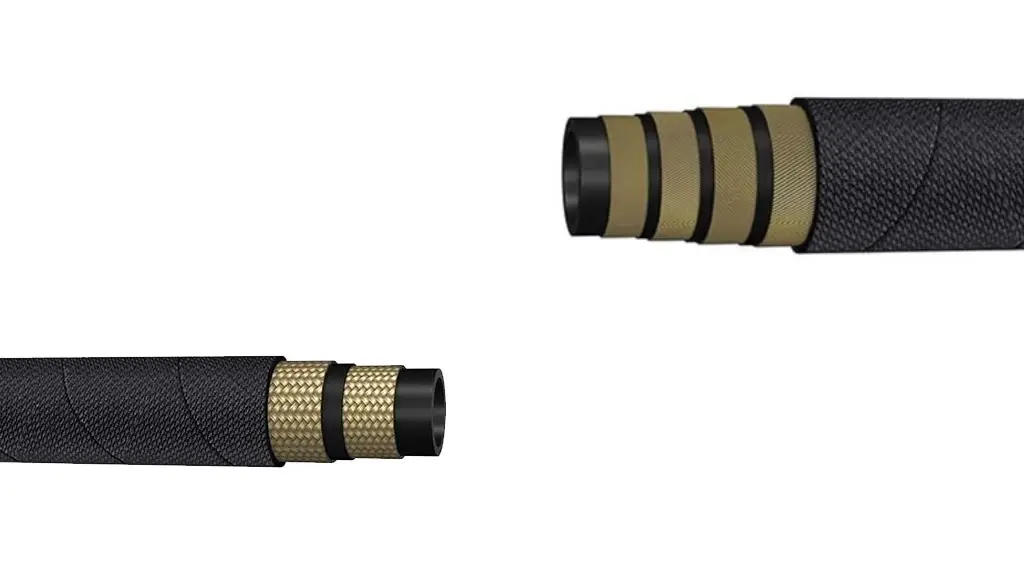
When selecting a hydraulic hose, the number of wire braids plays a crucial role in determining its performance and suitability for specific applications. Let’s delve into the key differences between 2-wire and 4-wire hydraulic hoses.
2-Wire Hydraulic Hose
- Construction: Reinforced with two layers of braided steel wire.
- Flexibility: Offers good flexibility, making it easier to route in tight spaces.
- Pressure Rating: Typically rated for lower to medium-pressure applications.
- Durability: Provides adequate durability for general-purpose hydraulic systems.
- Cost: Generally more cost-effective.
4-Wire Hydraulic Hose
- Construction: Reinforced with four layers of braided steel wire.
- Flexibility: Less flexible compared to 2-wire hoses, but still offers sufficient flexibility for most applications.
- Pressure Rating: Designed for high-pressure applications, often exceeding 5,000 PSI.
- Durability: Offers superior durability and resistance to wear and tear, making it ideal for harsh environments.
- Cost: Generally more expensive than 2-wire hoses.
| Feature | 2-Wire Hydraulic Hose | 4-Wire Hydraulic Hose |
|---|---|---|
| Wire Braids | 2 | 4 |
| Flexibility | High | Medium |
| Pressure Rating | Lower to Medium | High |
| Durability | Moderate | High |
| Cost | Lower | Higher |
Choosing the Right Hose
To select the appropriate hose, consider the following factors:
- Operating Pressure: If your application requires high pressure, a 4-wire hose is recommended. For lower-pressure applications, a 2-wire hose may suffice.
- Environmental Conditions: In harsh environments with extreme temperatures, chemicals, or mechanical stress, a 4-wire hose offers superior durability.
- Flexibility Requirements: If flexibility is a primary concern, a 2-wire hose is the better choice.
- Cost Considerations: 2-wire hoses are generally more cost-effective, while 4-wire hoses offer higher performance at a premium price.
By carefully evaluating these factors, you can choose the optimal hydraulic hose for your specific needs, ensuring reliable and efficient performance in your hydraulic system.
Conclusion
In conclusion, understanding the differences between 1-wire and 2-wire hydraulic hoses is crucial for selecting the right product for your specific application. While 1-wire hoses offer flexibility and cost-effectiveness, 2-wire hoses provide superior durability and higher pressure ratings.
Need a reliable braided hydraulic hose solution? Contact us today to discuss your specific requirements and find the perfect hose for your application.

